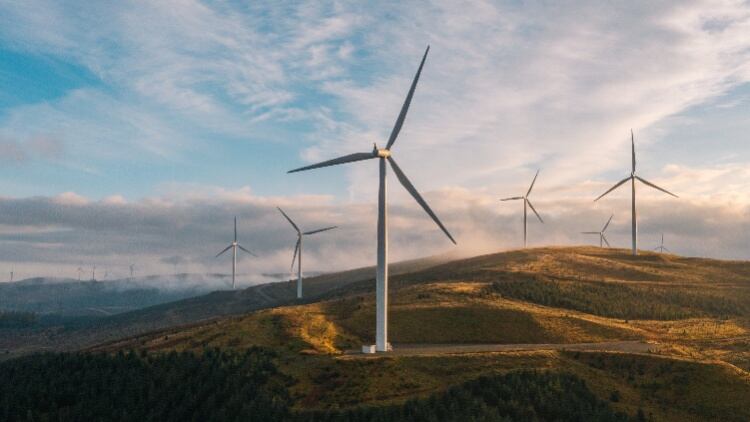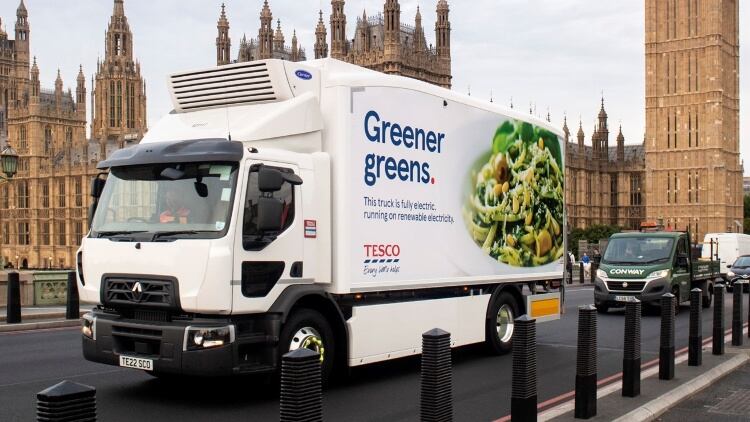Now in its fourth year of reporting on its full footprint, the company is continuing to track ahead of its 2030 science-based reduction targets which it set in 2021.
The focus has been on accurately measuring, through robust data, its environmental impact and pursuing a comprehensive science-based approach in order to make ‘actual’ reductions in its emissions and energy use.
Reducing scope 1, 2 and 3 emissions
Since its 2019 baseline, Avara Foods reports that it has managed to reduce its scope 1 and 2 emissions by 23%, and its scope 3 emissions by 24%.
In order to achieve its scope 1, 2 and 3 SBTi targets, the company will need to reduce its emissions by approximately 4% (for 1 and 2) and 2.5% (for 3) year-on-year.
The company is currently working on developing higher quality data to help further drive emissions down and has already implemented several improvements. Now, 71% of Avara's scope 3 SBTi footprint is calculated using activity or average data, rather than spend-based methodologies - a change implemented last year. This is a significant increase in comparison to 2019, where only 8% of its data was sourced in this way.
Farm carbon footprints and reducing soy in feed
Avara Foods has also been undertaking individual annual farm carbon footprints and has completed this for 60% of its chicken farming base, with an aim to have every farm completed by 2025.
Moreover, recognising feed and grain as significant contributors to its footprint, it has also undertaken 50% and 100% soy reduction trials with alternative proteins, whilst assessing the impact on footprint, welfare and performance.
Plastic reductions
From 2020-2022, it has also reduced the greenhouse gas emissions associated with its packaging by 31%. Avara owes this to a reduction in the weight of packaging (of 40%).
Furthermore, it has completed a circular economy trial with one of its customers and their packaging supplier, taking their ‘back office’ plastic waste and recycling it into food-grade packaging for our products.
Energy, water and waste targets on track
With regards to energy consumption, Avara reports a reduction of 25%. Presently, it has mature ISO50001 and 14001 systems in place across most of its processing sites and mills, and plans to extend this further throughout its operations.
Meanwhile, its ISO14001 environmental management system provides a framework for individual sites to track, manage and reduce water consumption. Avara Foods anticipates this to improve process efficiency and highlight opportunities for reuse and recycling. Since 2019, the brand has successfully reduced its water consumption by 15%.
The company has also managed to reduce its emissions (tCO2e) associated with the disposal of waste in its food processing operations by 66% since 2019. This has been attributed to switching to a zero waste to landfill contract in 2020, which sees waste being used for energy recovery rather than shipped to landfill.
On a site level, Avara says it has improved the visibility of data, closely monitored key performance indicators (KPI’s) and improved infrastructure to segregate waste effectively. However, it believes a large part of these improvements will come from employee engagement and behavioural changes.
Commenting on the results of the report, Avara Foods CEO, Andy Dawkins said: “Despite a year of challenging business conditions, we have continued to take positive steps forward across our environmental agenda, and it’s encouraging to see the progress we’ve made, and our position at the forefront of the sector in carbon foot-printing and GHG reduction.”





